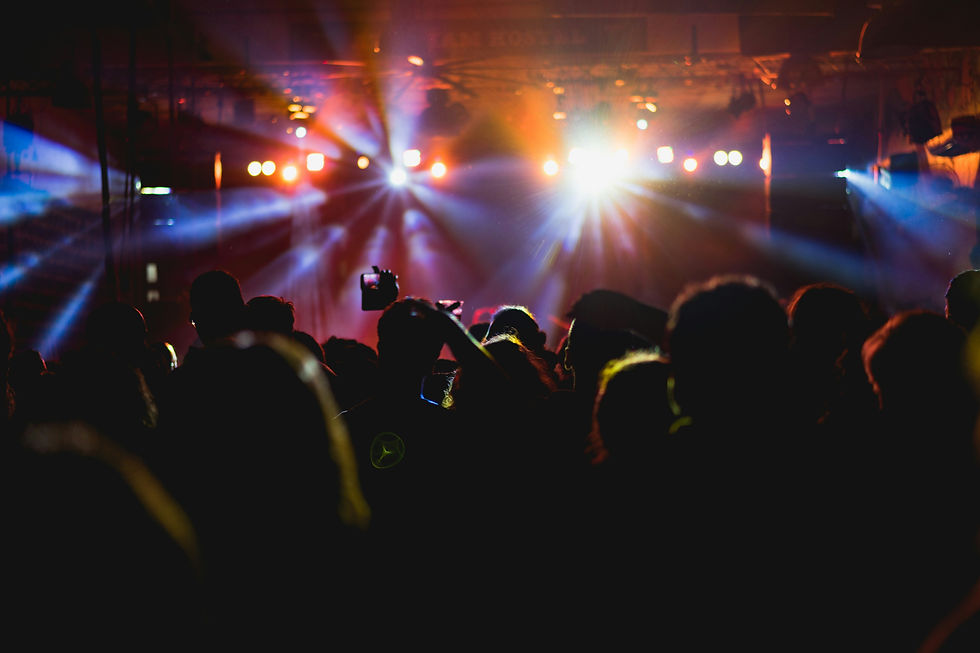World Economic Forum briefing paper: Unlocking the potential of 24-Hour Economies
- Music Cities Events

- Aug 5
- 2 min read

Why Your City Needs a 24-Hour Economy
(and this report explains it)
Sometimes politicians just need a solid report to see the night as a driver of growth
and opportunity.
And this one from the World Economic Forum delivers.
The WEF has just released a briefing paper on the value of 24-hour economies for cities—a clear call to embrace the opportunities of urban life after dark. It’s the kind of document you’ll want to share with local officials to help them see how the night can drive growth, connection, and resilience in your city.

What’s inside?
The World Economic Forum’s new report makes it clear: if cities want to thrive, they need to rethink how they function after dark. The night is not an empty gap between business hours—it’s a dynamic part of urban life, shaped by work, culture, and community.
Here are three key insights from the report that challenge outdated notions of what the night really means:
Life at night is more than nightlife.
Too often, the night is equated with entertainment. However, it is a critical part of public life that is shaped by diverse rhythms, needs and services, from mobility and social connection to cultural expression.
Night is a time of work, not just play.
From delivery and logistics to cleaning, healthcare and transportation, night-shift workers keep cities running. A thriving night-time economy must prioritize their safety, well-being and inclusion.
Public space matters after dark.
For many, night-time life unfolds in streets, parks and informal gatherings, not just in ticketed venues. Well-lit, welcoming public spaces and programming are essential for social connection, safety and resilience.

This is more than nightlife—it’s about unlocking time as a public resource and reimagining how cities function, grow, and adapt.
So… what does the 24-hour economy look like in your city?
Last tickets. Don’t sleep on this.







Traditionally, smokers in Bavaria have had a harder time. The Parliament of this state are very willing to support bans and rarely make concessions. There is an absolute ban on smoking in buildings where children are present for a long time. Even at the famous Oktoberfest, smoking in tents was banned.